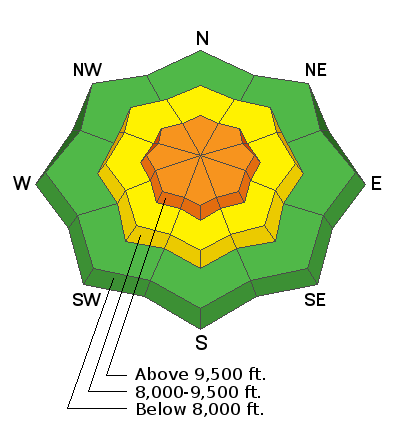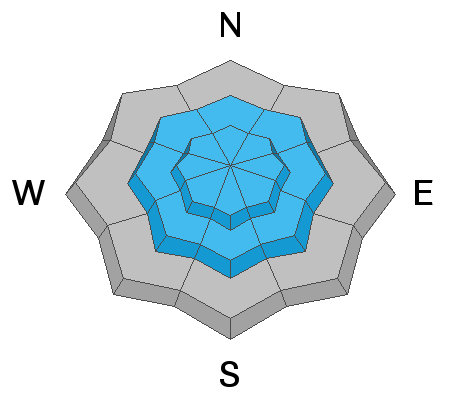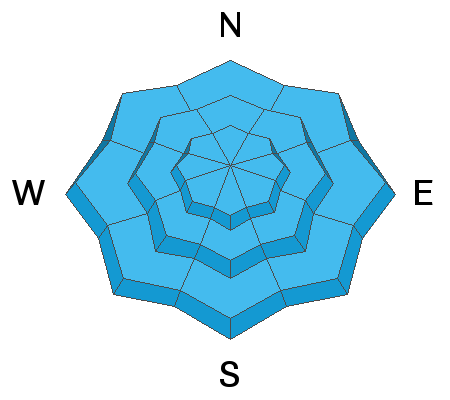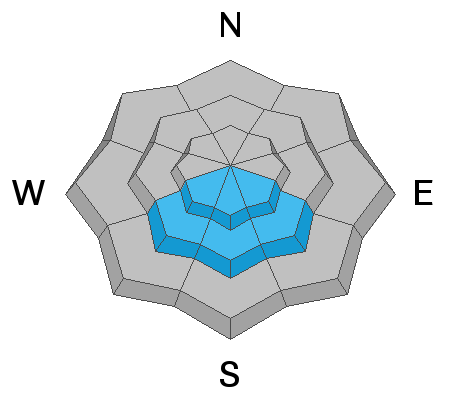Forecast for the Provo Area Mountains

Issued by Trent Meisenheimer on
Sunday morning, January 12, 2020
Sunday morning, January 12, 2020
We have a CONSIDERABLE avalanche danger on all steep mid and upper elevation slopes for triggering three different types of avalanches (read below for each of these avalanche problems). Dangerous avalanche conditions. Careful snowpack evaluation, cautious route-finding and conservative decision-making will be essential today. Natural avalanches are possible and human triggered avalanches are likely. At mid elevations you will find a MODERATE danger. Low elevations have a LOW avalanche danger.

Low
Moderate
Considerable
High
Extreme
Learn how to read the forecast here









